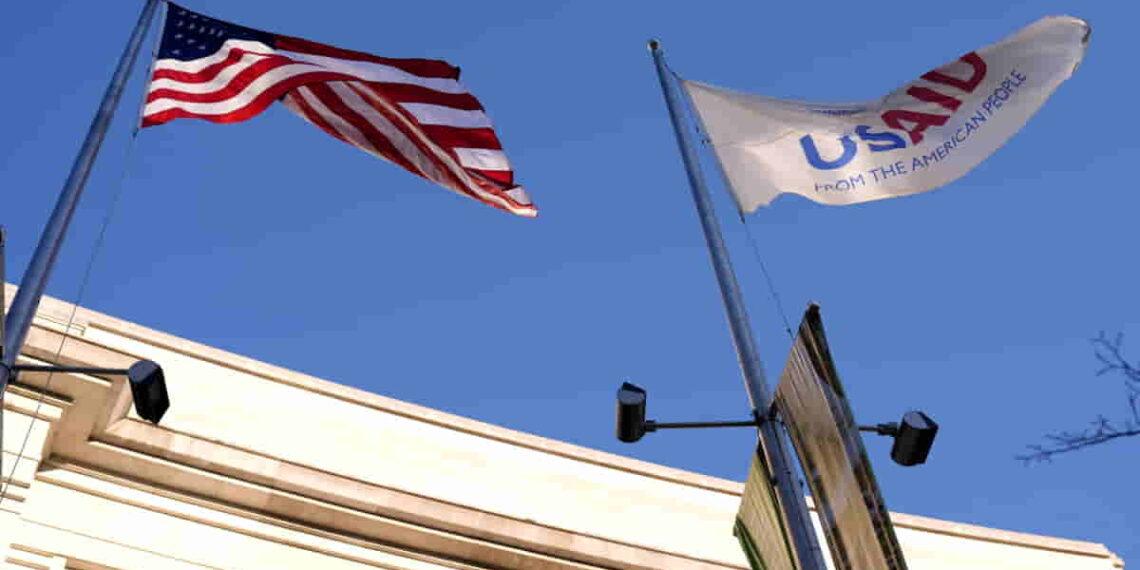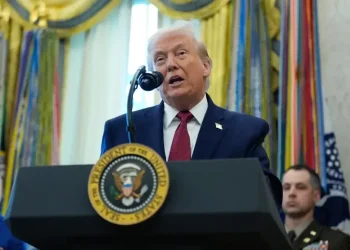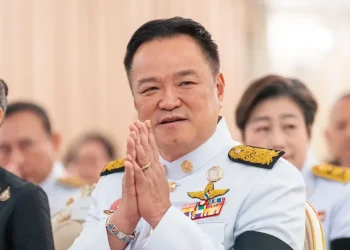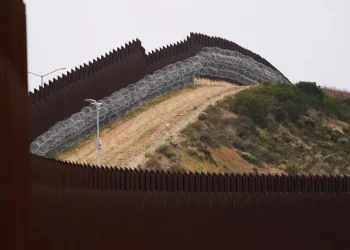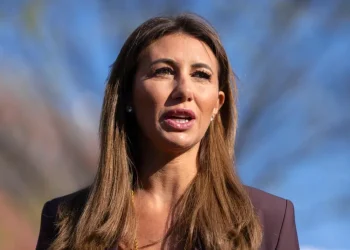What USAID Does, and Why Trump and Musk Want to Eliminate It
In the last two weeks, major changes have hit the U.S. Agency for International Development (USAID), with the Trump administration putting key personnel on leave, laying off thousands of contractors, and freezing billions in humanitarian assistance. These moves have left aid organizations scrambling, uncertain about the future of crucial programs, including nutritional aid for malnourished children.
USAID, created by President John F. Kennedy during the Cold War in 1961, was designed to improve the U.S.’s ability to counter Soviet influence globally through foreign assistance. Now, in a post-Cold War world, it continues to provide global humanitarian aid, despite growing criticism from conservatives, including Donald Trump and tech mogul Elon Musk.
What is USAID?
USAID was created to address the United States’ Cold War priorities, aiming to counter Soviet influence worldwide. With the fall of the Soviet Union in 1991, the agency’s focus expanded to counter growing influence from China and Russia in regions where the U.S. wants to maintain partnerships.
Critics argue that USAID’s operations are wasteful and promote political agendas they don’t agree with, especially liberal causes. However, supporters emphasize the U.S.’s role in providing global stability and assistance, especially in regions where countries like China have their own aid programs.
What’s Happening with USAID?
On January 20, 2025, President Trump issued an immediate 90-day freeze on foreign assistance, which resulted in the suspension of thousands of international aid programs. USAID, under Trump’s administration, has seen widespread confusion, with employees furloughed, senior officials put on leave, and a halt to funding, creating a backlog of uncertainty. While some emergency programs are still running under Secretary of State Marco Rubio’s leadership, the freeze has created widespread chaos.
This crackdown on USAID and other federal agencies is part of a broader effort by the Trump administration to scrutinize foreign aid spending and assess whether the programs align with U.S. national security goals.
What Do Critics Say About USAID?
Republican critics typically push to centralize foreign aid control within the State Department. They argue that agencies like USAID waste taxpayer money and focus on programs that do not directly benefit U.S. interests. Democratic lawmakers have generally fought to preserve USAID’s autonomy, defending its work in promoting global stability, democracy, and economic growth.
Over the years, Republican administrations have targeted U.N. agencies and other international programs for budget cuts, including under President Trump’s first term, when the U.S. withdrew from the U.N. Human Rights Council and reduced funding to various humanitarian organizations. Rubio, as a senator, has been more supportive of foreign aid, but calls for increased transparency on how funds are spent.
Why is Elon Musk Targeting USAID?
Elon Musk, empowered by Trump’s push for government efficiency, is taking aim at USAID as part of his broader mission to slash government spending. Musk claims USAID has been involved in controversial programs and calls it a “criminal organization,” pushing for a re-evaluation of how taxpayer dollars are being spent.
What is Affected by the USAID Freeze?
Sub-Saharan Africa could face the worst impacts from the freeze, with over $6.5 billion in U.S. humanitarian assistance halted. Critical programs like HIV treatment clinics have been forced to shut their doors, and other regions, including Latin America, are seeing the closure of migrant shelters and mental health programs.
Countries like Colombia, Ecuador, and Guatemala, where U.S.-funded “Safe Mobility Offices” provide migrants a path to legal entry into the U.S., have seen these services suspended. The full scope of the shutdown is unclear, but thousands of workers have been laid off or furloughed, further hindering aid efforts.
How Much Does the U.S. Spend on Foreign Aid?
In fiscal year 2023, the U.S. spent roughly $40 billion on foreign aid, making it the world’s largest provider of humanitarian assistance. However, this amount constitutes less than 1% of the U.S. federal budget. While some other countries spend a larger share of their budgets on aid, the U.S. remains the global leader in providing assistance.
How Do Americans Feel About Foreign Aid?
A March 2023 AP-NORC poll found that nearly 60% of Americans believe the U.S. spends too much on foreign aid. A large majority of Republicans and 55% of Democrats share this sentiment, particularly regarding assistance to other countries. Many Americans also overestimate the share of the federal budget allocated to foreign aid, with some surveys indicating that the public believes it represents as much as 31% of the budget, when it’s actually closer to 1%.
Could Trump Dissolve USAID?
While Democrats argue that the president lacks the constitutional authority to dissolve USAID, it remains unclear what might prevent such an attempt. During Trump’s first term, he sought to cut the foreign operations budget by a third. When Congress opposed this move, the administration implemented freezes and delayed the flow of funds already allocated by Congress.
The Government Accountability Office later ruled that these actions violated the Impoundment Control Act, a law that restricts the withholding of appropriated funds. This legal battle could resurface if Trump’s administration continues to push for a reduction in foreign assistance programs.
Trump’s approach has been clear: “Live by executive order, die by executive order,” Musk said, signaling his intent to push for a thorough review and potential dismantling of USAID.
This article was rewritten by JournosNews.com based on verified reporting from trusted sources. The content has been independently reviewed, fact-checked, and edited for accuracy, neutrality, tone, and global readability in accordance with Google News and AdSense standards.
All opinions, quotes, or statements from contributors, experts, or sourced organizations do not necessarily reflect the views of JournosNews.com. JournosNews.com maintains full editorial independence from any external funders, sponsors, or organizations.
Stay informed with JournosNews.com — your trusted source for verified global reporting and in-depth analysis. Follow us on Google News, BlueSky, and X for real-time updates.
